Summer. Synonymous with heat, vacations, rest and, for many, long hours spent at the wheel. So that you only have good memories of these long journeys, we decided to create a list with some prevention and road safety tips.
First, let us explain to you what road safety is. Present in our lives from an early age, road safety has the mission not only to prevent road accidents, but also to reduce their consequences.
To this end, it relies not only on various rules (some of them inscribed in the Highway Code) but also on road education, whose main objective is to change habits and behavior on the road and transform social habits, all to ensure a reduction in accidents.
Now that you know what road safety is, we'll leave you with our road safety tips so that any trip you decide to take will go “jobly”.
before the trip
Before hitting the road there are a few things you should check. To start with, confirm that all the cargo you are transporting is well stowed and distributed.
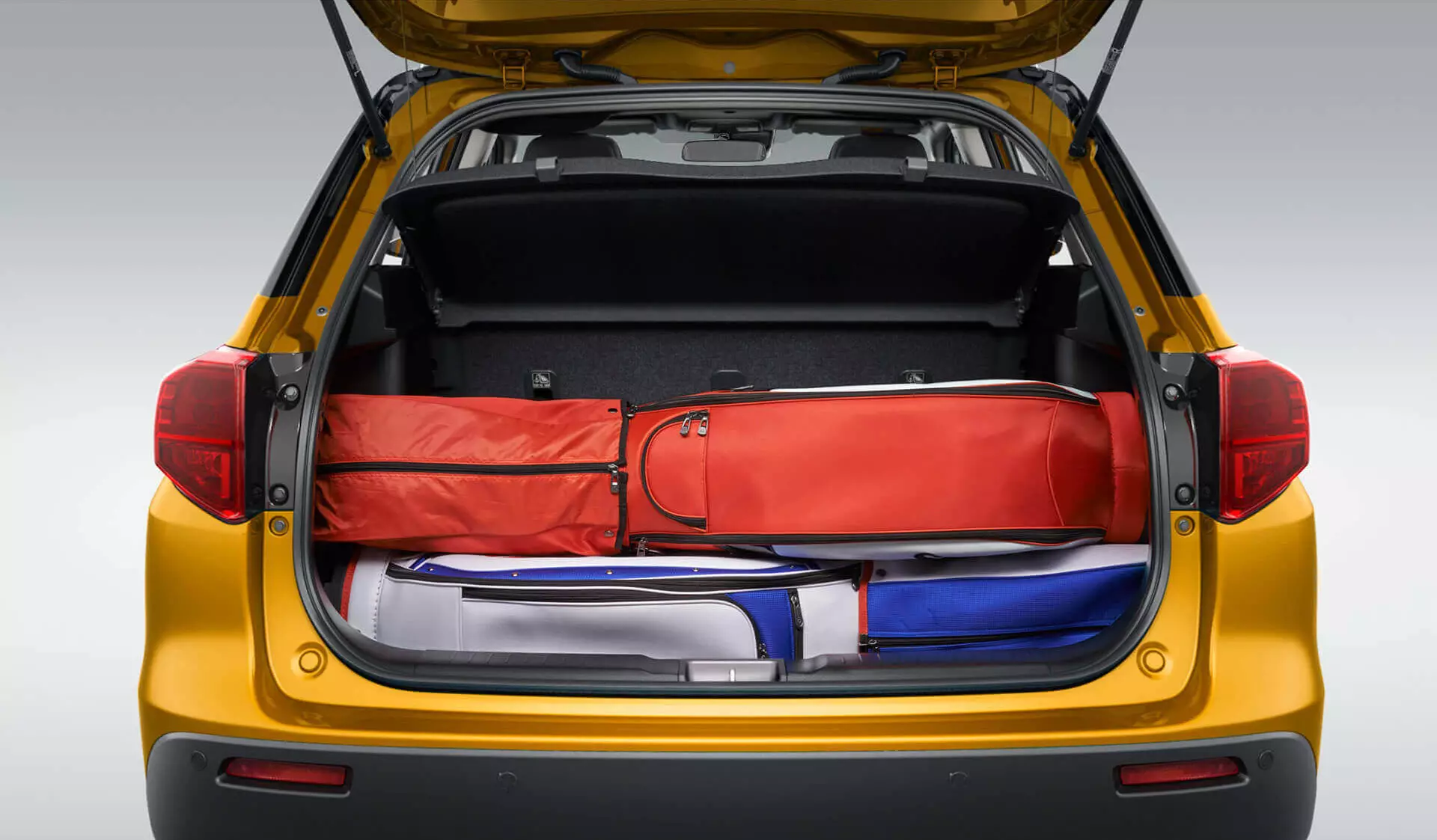
Then check if your car meets all the safety conditions. To do this, you must check the status of the tyres, brakes, steering, suspension, lights and also confirm that your windshield wipers work.
If you don't want (or know) to do this yourself, you can always opt for an optional inspection at an inspection center.
Seat belt is not optional.
Often underestimated or even forgotten, long before the appearance of airbags, seat belts were already saving lives. As you know, its use is mandatory, not only in the front seats but also in the rear, and there are no excuses for not using it.
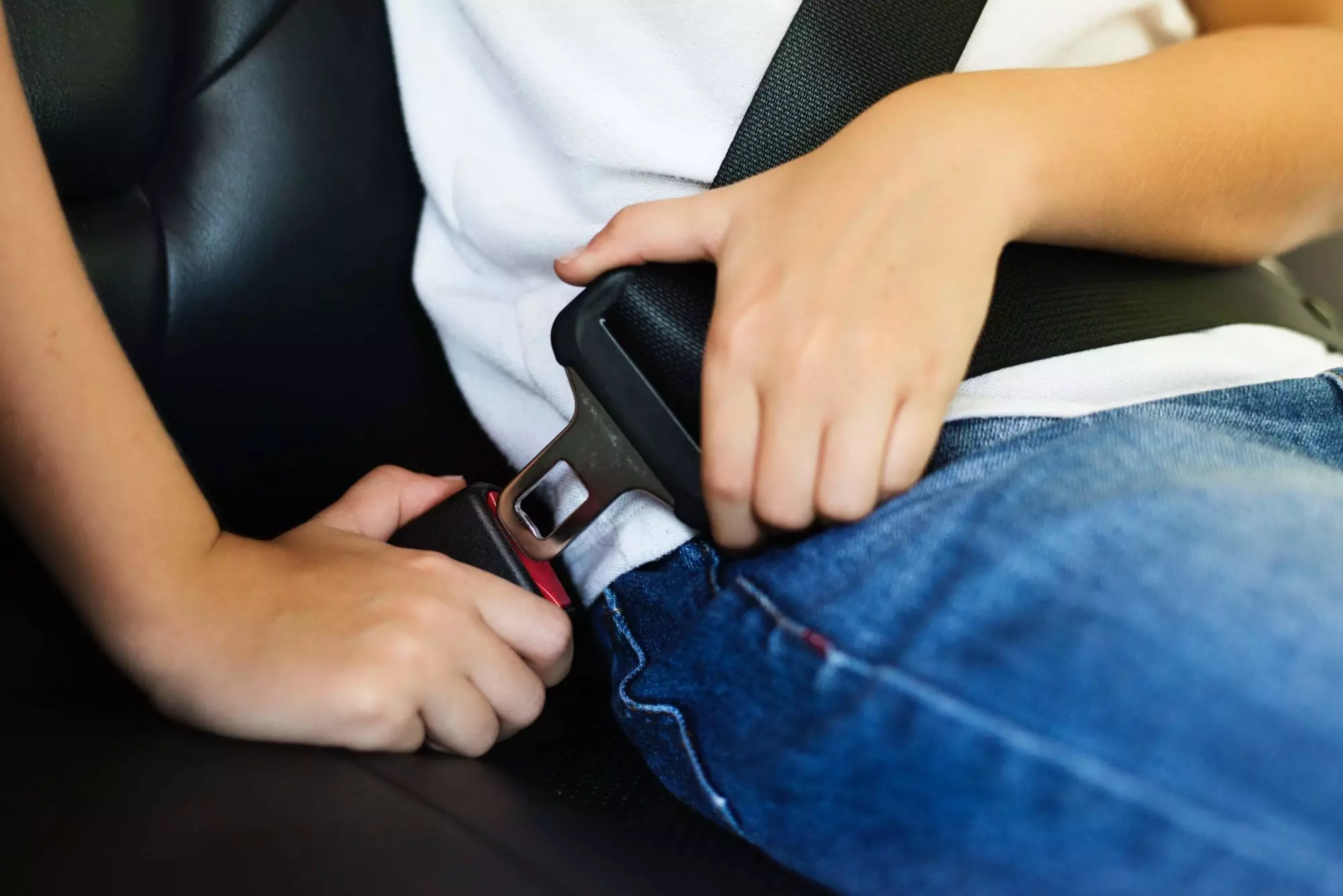
With credits signed when it comes to preventing a simple accident from turning into a catastrophe, that little strip of fabric (usually) black has been responsible for many rescues. So, once you've confirmed that your car is in good condition and the cargo is securely secured, make sure all occupants are wearing their seat belts.
transport of children
If you are traveling with children, we also have some tips for you. As you may already know, children must be transported in their own car seat (which, depending on their age, could be a car seat, baby seat or booster seat).
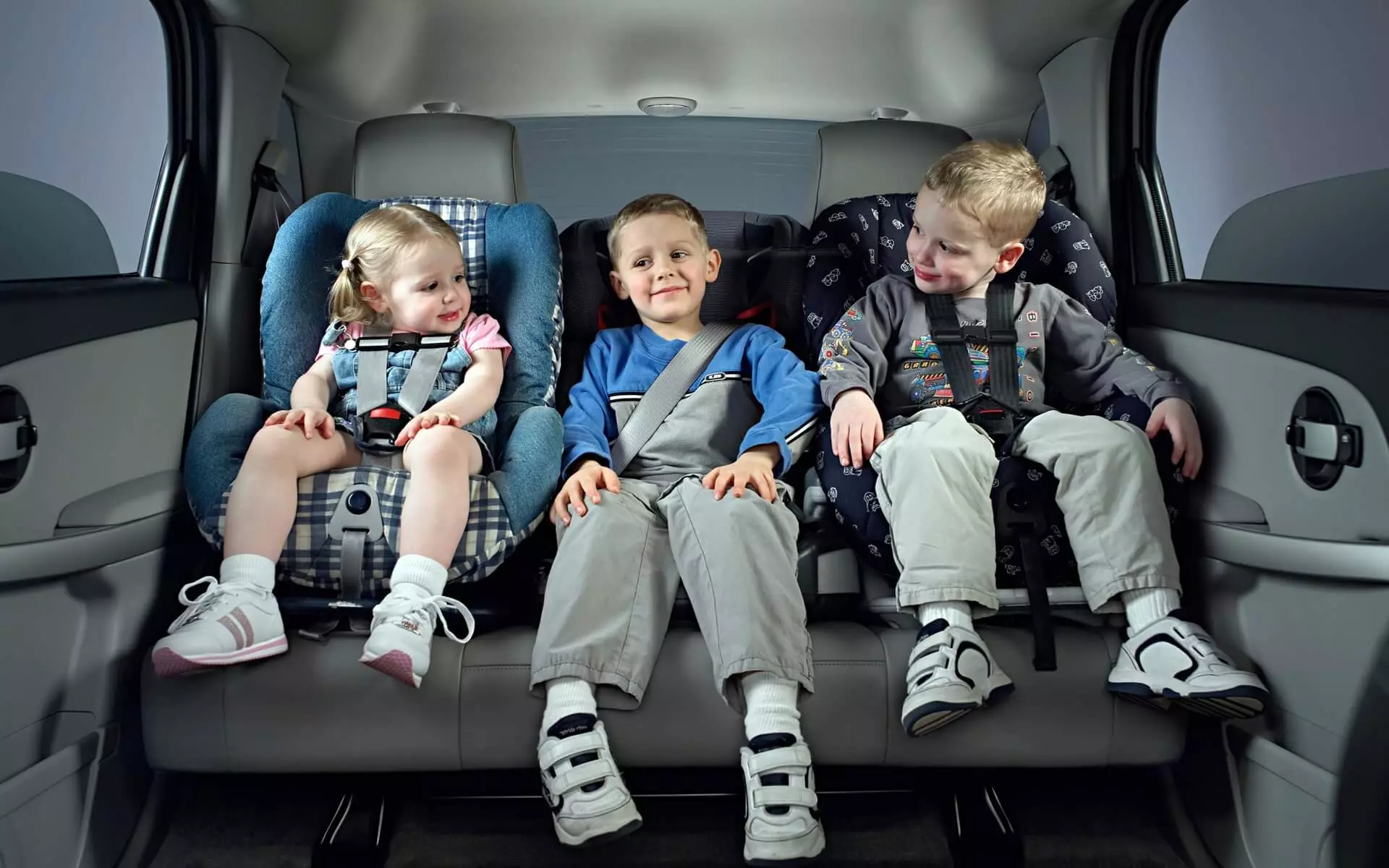
It is also important that you take regular breaks: every two hours there is a break of 15 to 30 minutes, the children are grateful and it makes the trip more enjoyable. Another thing you can do to ensure a more relaxed trip is to take your favorite toys with you and play some educational games along the way.
transport of pets
Taking your best friend on a trip also requires some special attention. First, you can't let him travel "on the loose".
Just like when traveling with children, taking your best friend on a trip also requires some special attention. First, you can't let him travel "on the loose".
So, depending on the size of your pet, you can choose three solutions: use a carrier box, dog seat belt, net, divider grid or dog crate.
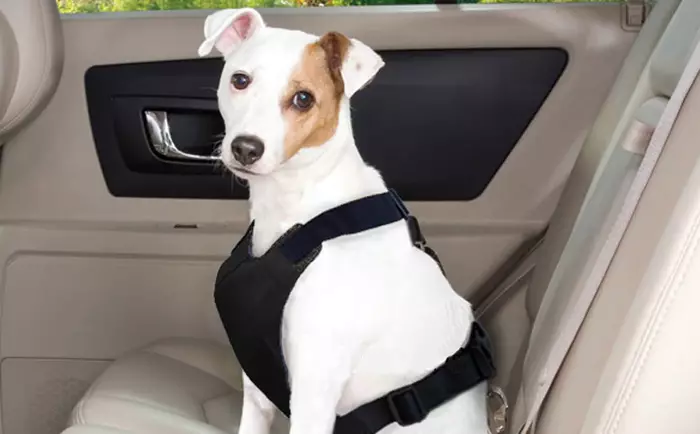
It's still a good idea to take a few breaks so that they can hydrate and walk a little. Ahh, and be careful, prevent your dog from traveling with his head out the window. In addition to being dangerous, it has been proven that this behavior ends up causing ear infections in our four-legged friends.
take breaks
So far we've been talking to you about taking breaks if you're traveling with animals or children, but the truth is that, even if you go alone, it's advisable to stop from time to time to rest, and the best thing is for these breaks to be made every two hours of travel.
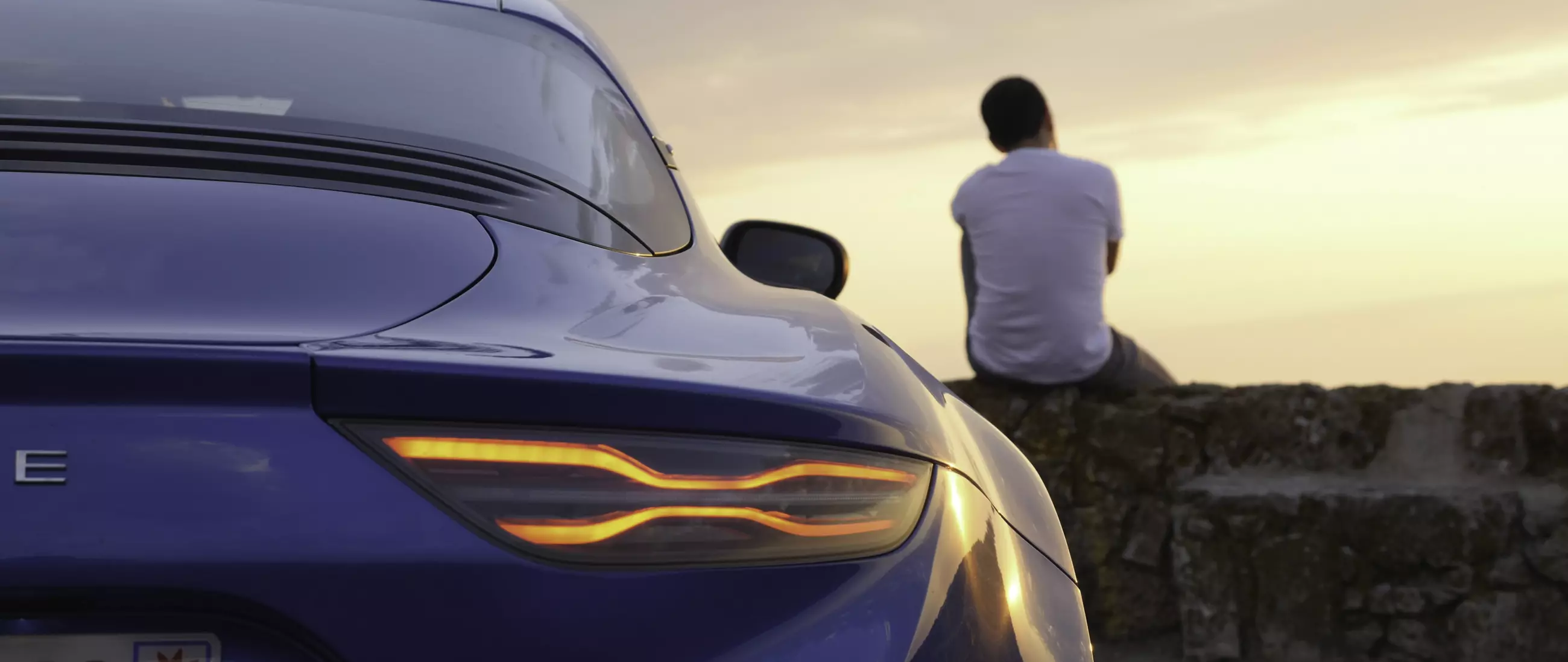
defensive driving
Often pointed out as one of the best ways to increase road safety, defensive driving is nothing more than driving in order to prevent or avoid any accident, whatever the weather conditions, traffic conditions, the vehicle or the behavior of other drivers or pedestrians.
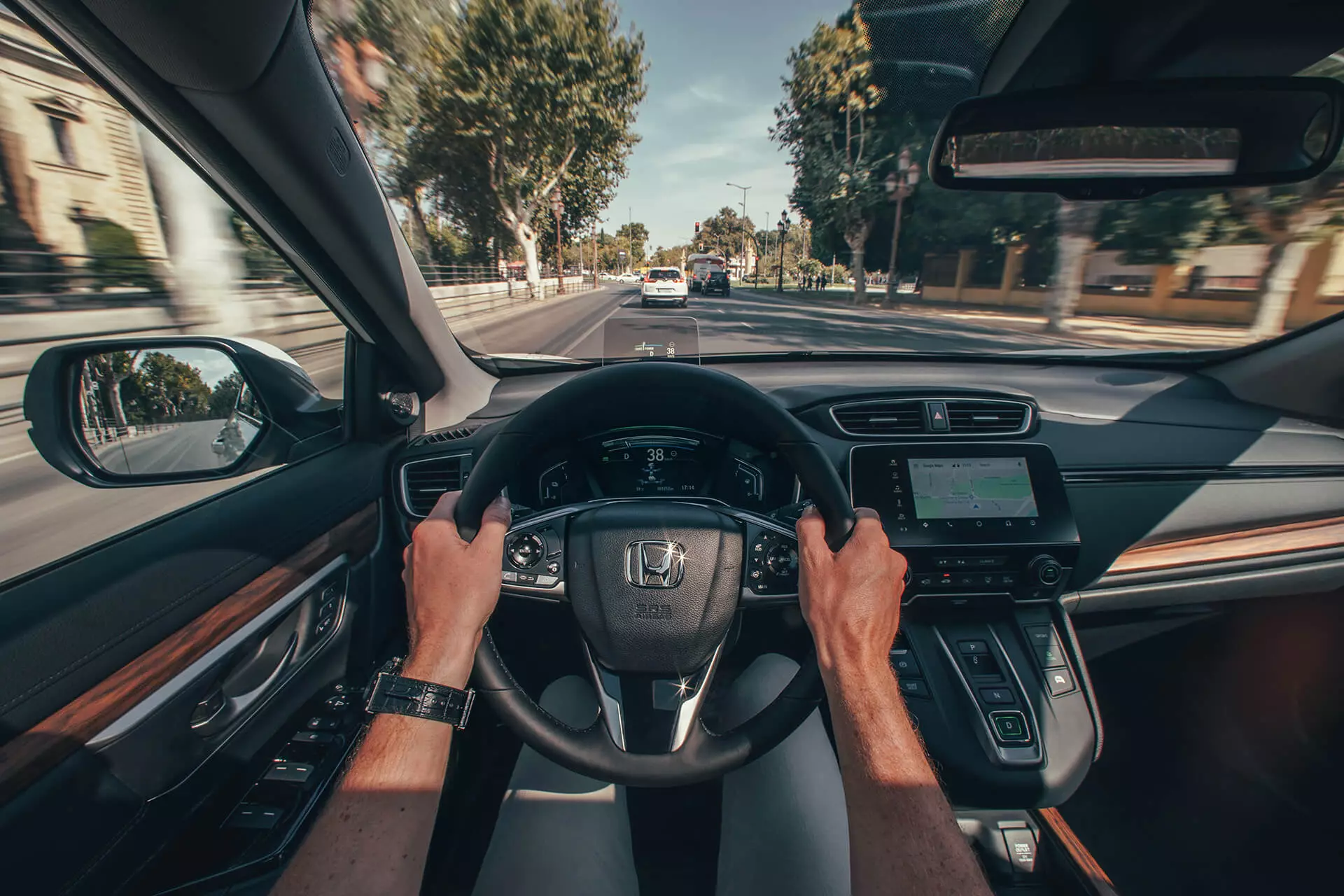
Defensive driving is based on forecasting, anticipation (the ability to act before a risky situation arises), signaling (it is always important to point out where you want to go and signal all maneuvers) and also on establishing visual contact (which allows you to communicate with other road users).
safety distance
To quickly calculate the safety distance you can select a reference point on the road where the vehicle in front of you will pass and when it passes there counts 2 seconds, only after that count your car should pass the reference point.
Consisting of the distance that allows you to react and immobilize your car safely in order to avoid a collision (or other accident) if something unexpected happens, the safety distance is crucial to increase road safety and avoid accidents, being an example of a defensive driving practice.
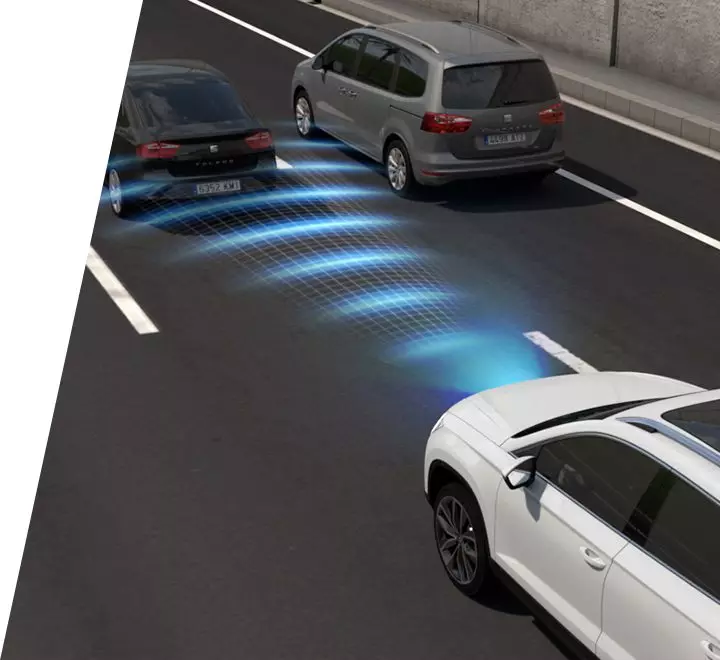
braking distance
The tip we give you here is: given the description of what the braking distance is, always try to keep a considerable safety distance from the vehicle in front so that if you have to brake, you can do it safely.If you are wondering why the safety distance is important, the answer is the braking distance. Influenced by factors such as speed, friction, mass, slope of the lane and the efficiency of the braking system, this is the distance traveled from the time the brake pedal is pressed until the moment the vehicle comes to a standstill.
Maintenance
Of course, the correct maintenance of your car is, in itself, a good way to ensure greater road safety.
So, avoid “skipping” overhauls, make sure all parts are changed on time and don't forget to be on the lookout for any signs your car might give you that you need to pay a visit to the workshop.
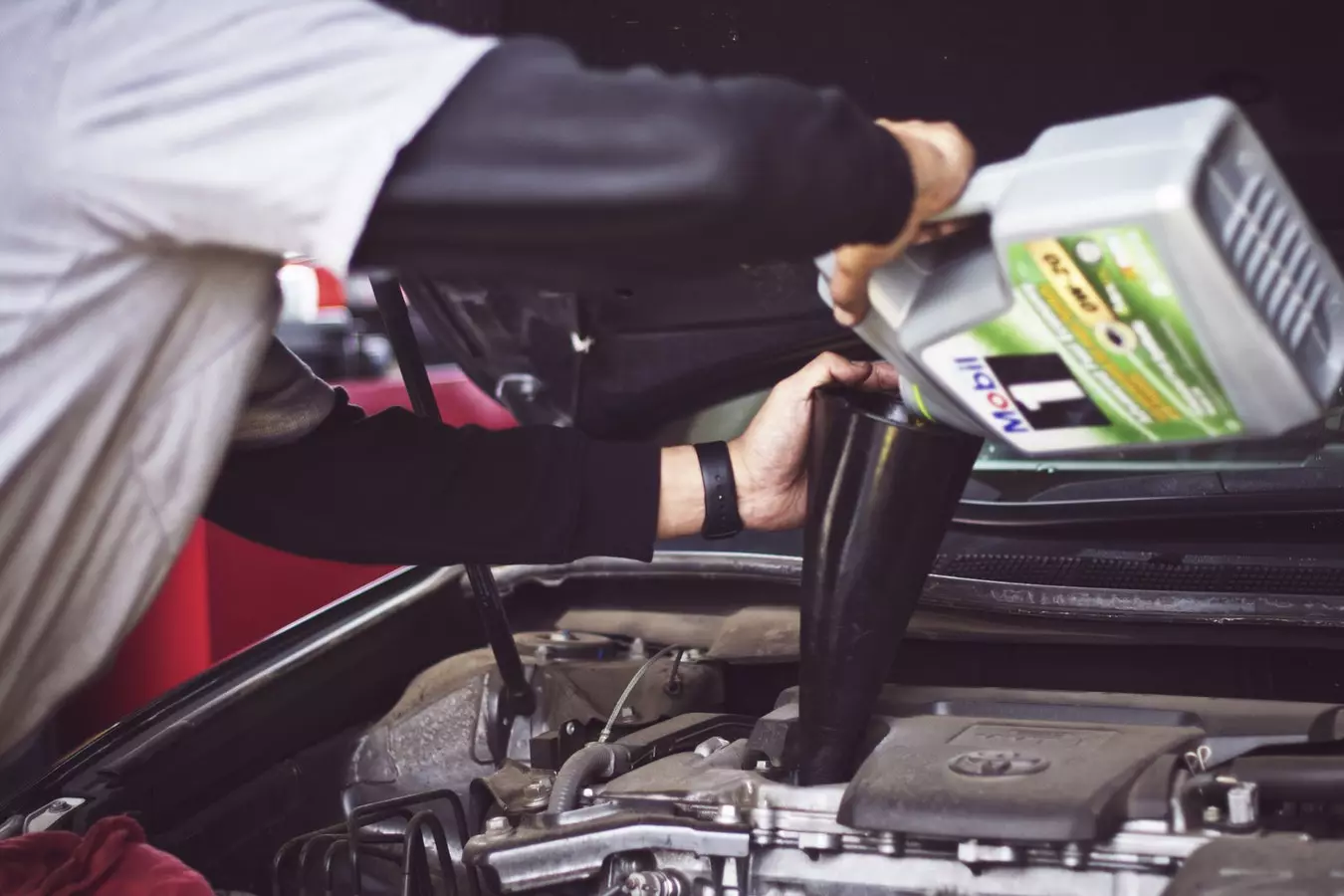
You can also check the oil and coolant levels, the condition of the tires (and their pressure) and even the proper functioning of your car's lights.
what not to do
Now that we've given you several tips to ensure road safety, it's time to tell you what not to do. For a start, try to comply with speed limits, avoid dangerous overtaking (if in doubt, it's better to wait), avoid dangerous maneuvers and adapt your driving to the road conditions.
In addition, and as you may already know, you should not drink alcoholic beverages or use your cell phone. If you drive on the highway, please don't be a “middle lane” and always drive on the right.
This content is sponsored by
